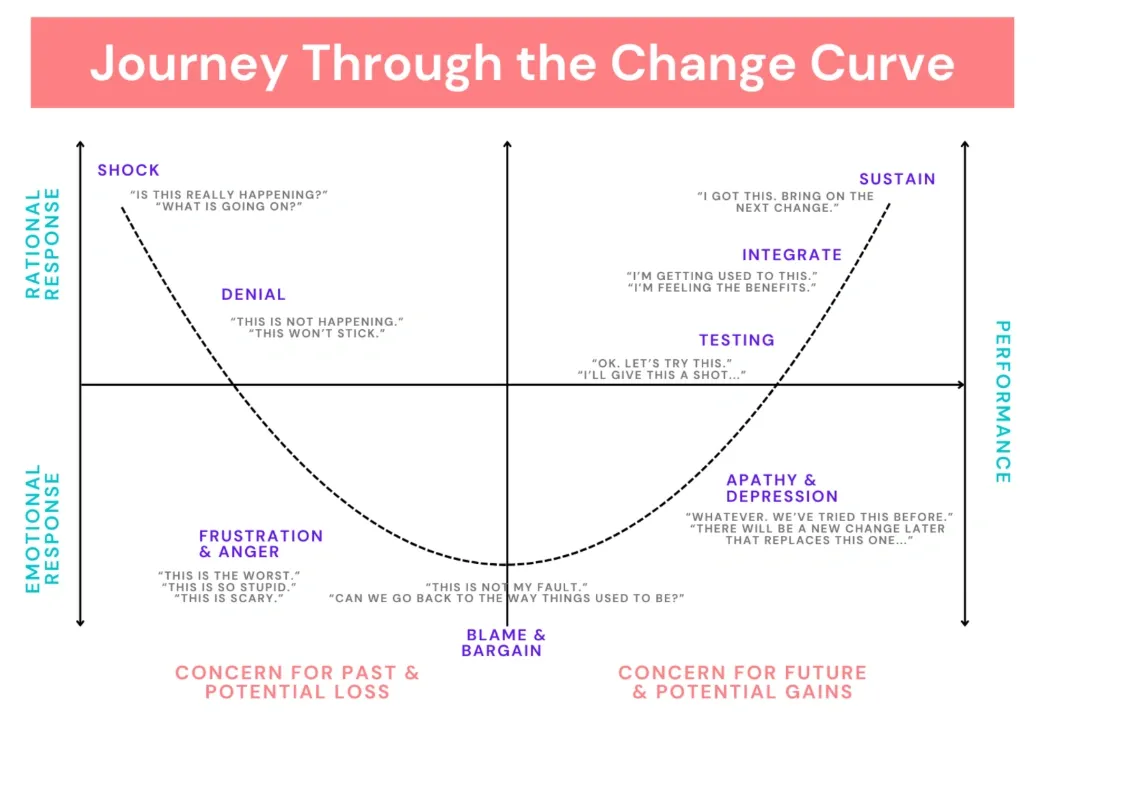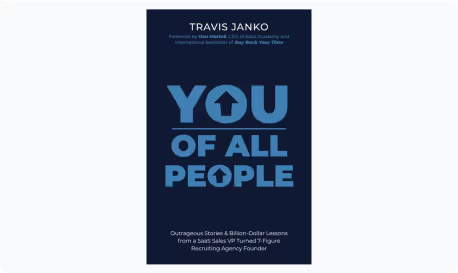I love this visual as a way to remember to recognize and acknowledge the various phases of change, especially critical if you are a change & transition management leader or even if you are experiencing change as a manage...


I love this visual as a way to remember to recognize and acknowledge the various phases of change, especially critical if you are a change & transition management leader or even if you are experiencing change as a manager or individual contributor.
I received training on this during my time as a PMO leader and Chief of Staff. I have shared this more times than I can remember and wanted to pass along here too. It was adapted from the Kubler-Ross Change Curve by Elizabeth Kubler-Ross.
For those who might not be familiar, the adapted Kübler-Ross Change Curve typically illustrates several distinct phases individuals and teams often experience when navigating change:
What makes this model so insightful, is its ability to help leaders and individuals:
It's important to remember that this model isn't a rigid prescription, and individuals can move back and forth between stages. The duration of each stage can also vary significantly depending on the nature of the change, individual personalities, and the support provided.
By Angie Janko, COO of GSD Coach & Recruiting, helping SaaS founders build the top 5% of talent, FAST!
Get more expert advice for SaaS founders on sales hiring, recruiting strategies, team leadership, and building high-performing sales teams.


Get started today with a free, no-obligation discovery call. Just fill out the form and share your revenue goals. We’ll be in touch within 24 business hours to show you how our proven systems can accelerate your hiring process.
.avif)


Our proven methodology has helped SaaS companies across every growth stage build revenue teams that drive predictable, scalable results. Connect with us to discover how we can accelerate your hiring process and deliver the A-Player talent your company needs to reach its next milestone.